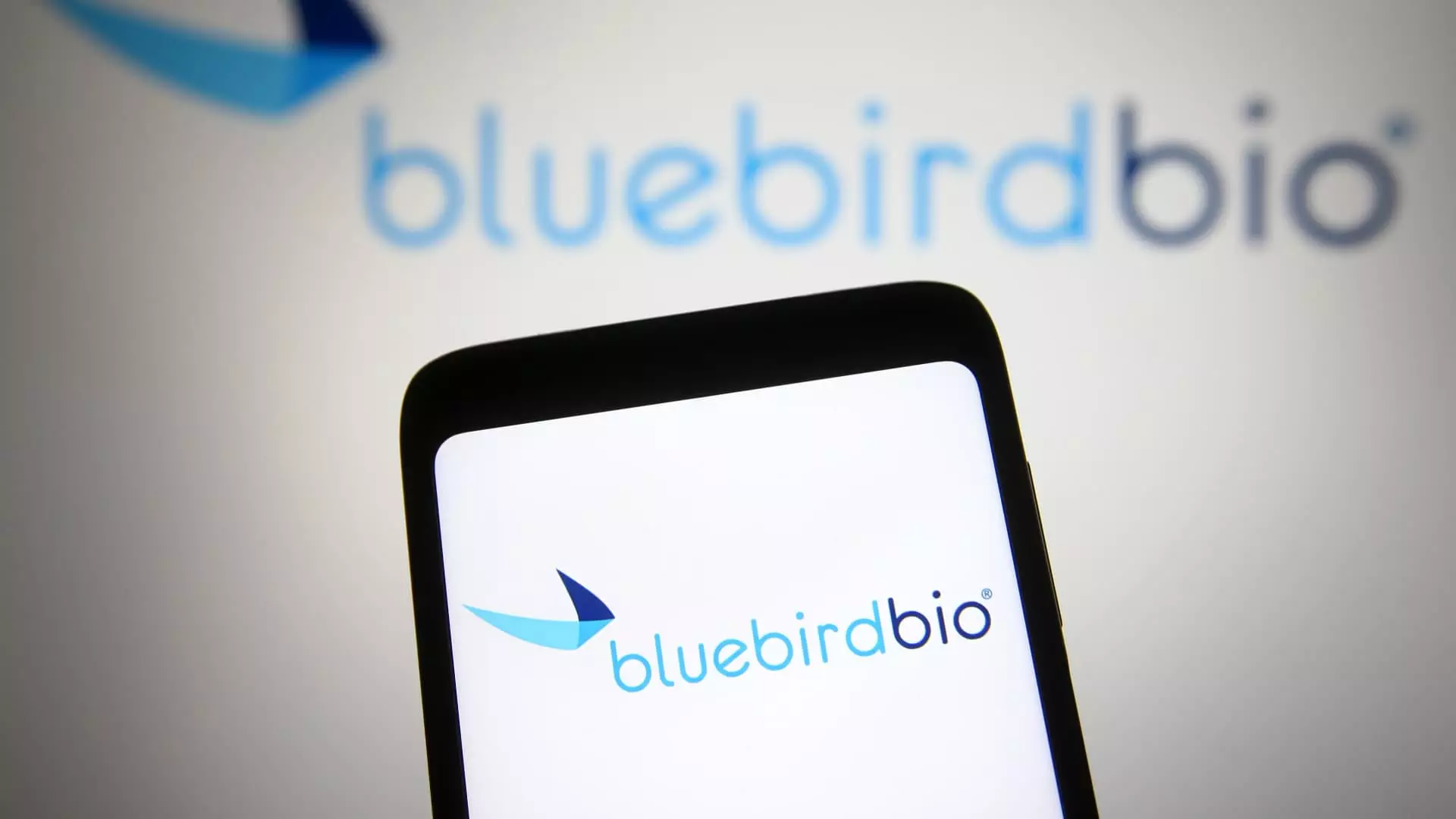Bluebird Bio, once celebrated as a pioneer in the field of genetic therapies, has announced its sale to private equity firms Carlyle and SK Capital for approximately $30 million. This decision highlights a profound transformation from once being heralded as a leader in the biotech arena to grappling with financial despair. The company has seen its stock price plummet significantly, with shareholders now set to receive just $3 per share, along with potential royalties if their gene therapies reach certain sales milestones by 2027. The trajectory of Bluebird Bio exemplifies the volatile nature of biotech ventures, underscoring the precarious balance between profit and the promise of innovative treatments.
At its peak, Bluebird had a market valuation of around $9 billion, fueled by investor excitement over its groundbreaking gene therapies designed to treat severe genetic disorders. However, a series of scientific setbacks, coupled with a shrewd split of its cancer division into the newly formed 2Seventy Bio, drove its valuation down to a mere $41 million. The company’s initial promise—a one-time cure for diseases such as sickle cell anemia—sparked considerable hope but ultimately fell short as mounting financial pressures became evident. This downfall serves as a stark reminder that even the most promising biomedical advances can be plagued by pragmatic woes as layers of corporate complexity unfold.
A critical turning point in Bluebird’s narrative was a safety concern raised in 2018: the potential for gene therapy to trigger cancer. Despite establishing that their treatment did not cause the malignancy, the incident strained trust in the safety of gene editing technologies. This was compounded by backlash regarding the exorbitant price of its treatment Zynteglo, valued at $1.8 million per patient, which raised eyebrows among European healthcare payers. The decision to withdraw Zynteglo from the European market after just two years of approval reflects significant market dynamics where pricing and safety perceptions can jeopardize product viability. Such feedback from stakeholders, including patients and insurers, is crucial in shaping the future of innovative therapies.
The fate of Bluebird sheds light on a central dilemma faced by biotech firms: the challenge of translating scientific breakthroughs into sustainable business models. With potential financial lifelines resting on three newly approved therapies, Bluebird had hoped that success in the U.S. market would revive its fortunes. However, even with the approvals for Zynteglo, Lyfgenia, and Skysona, the economic realities proved overwhelming. The company’s operational expenses had spiraled into the hundreds of millions annually, and a bifurcation of its core capabilities obscured its revenue-generating potential. The industry remains in a state of flux as companies wrestle with the engagement of investors in an era where spectacular innovations struggle to achieve market acceptance.
Despite the downward spiral of Bluebird’s financial standing, heartfelt stories linger from patients who had pinned their hopes on the company’s gene therapies. One notable example is of a young girl who became the inaugural recipient of Zynteglo in the U.S., showcasing the desperate emotional landscape that patients navigate amid crises. While the science behind these treatments continues to evolve, the gap between life-saving innovations and the economic outcomes of biotechnology lingers as a bittersweet reminder. Although Bluebird’s therapies could indeed change lives, their inability to shift the company’s commercial trajectory casts a long shadow over their transformative potential.
The situation at Bluebird Bio serves as a microcosm of the larger challenges currently facing the biotech industry. Peer companies like Vertex and Pfizer are experiencing similar fates, grappling with disappointing market responses to their therapies. The urgency to innovate fiercely clashes with the necessity of maintaining profitability, raising essential questions about the long-term sustainability of one-time therapies for rare diseases. For patients yearning for cures, the path is fraught; for investors, it serves as a cautionary tale in a high-stakes game where the promise of genetic revolution hangs continually in the balance.
In summation, the narrative of Bluebird Bio presents a critical case study in the intersection of science, business, and ethics within the biotech industry, prompting crucial discourse on how best to bridge the gap between innovative healthcare solutions and viable market strategies.

